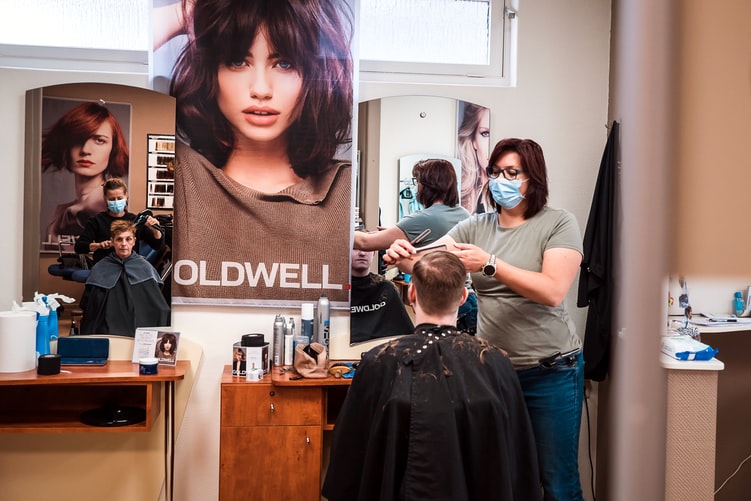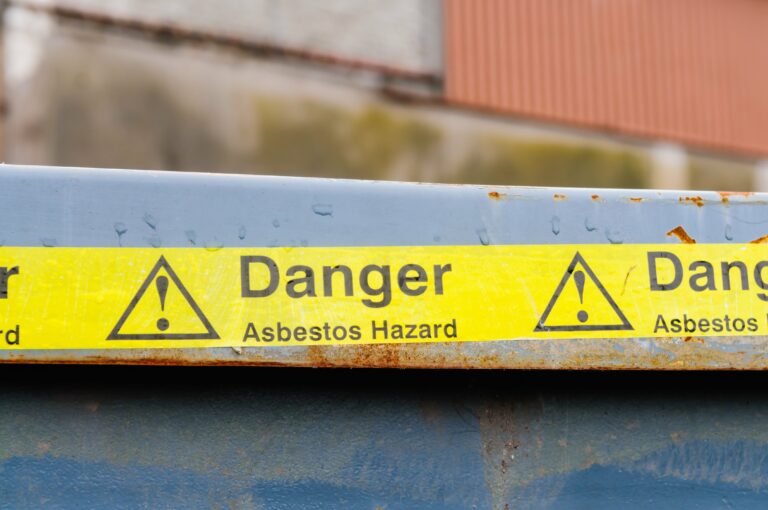COVID-19 advice
The information in this blog is correct as at 30 June 2020. For the most up-to-date Employment Law and Health & Safety advice to support your organisation through the COVID-19 pandemic, visit our Coronavirus Advice Hub, which is updated daily and contains a variety of free guidance notes, letter templates, checklists, risk assessments and more.
Thousands more people will be returning to work in the coming weeks, and with the threat of COVID-19 still very much present, safety will need to be a top priority.
The government has stressed that businesses will only be permitted to open if they are COVID-secure. In other words, appropriate control measures must be in place to reduce the risk to staff, customers and others who may be affected by your activities, and your premises and practices will very likely need to be adapted in line with official guidance.
If you’re confused about what steps are required to safeguard your workplace prior to reopening, you’re not alone. Indeed, the government continues to add to and amend its guidance. In this article, we break down some important elements of the guidance for you. (Remember, you’ll need to interpret the guidance as it applies to your particular business).
Managing COVID-19 risk
To determine whether your premises are safe for people to return to, and what further precautions might be required, you will need to carry out a risk assessment. This should be done in consultation with workers and/or unions.
The purpose of the risk assessment is to identify hazards within your environment (such as people coming into contact with one another at entrances and exits), decide who may he harmed (such as employees, customers and/or contractors), evaluate the likelihood and severity of that harm occurring given the control measures you currently have in place, and consider what additional controls might be required to eliminate or reduce the risk.
The results of the risk assessment should be shared with returning workers and the public, both to raise awareness of your arrangements and to instil confidence. Consider publishing the results on your website or similar – the government has said it expects all employers with over 50 workers to do so.
The government has also produced a “COVID-19 Secure” notice for businesses to display. This lets employees and customers know that the risks have been assessed and reasonable steps taken to protect them.
How to make your workplace COVID-secure: The basics
When facing the challenge of getting your business back up and running, there are a few essential principles that should form the basis of your action plan. Where possible, all workplaces should do the following:
- Increase handwashing and surface cleaning.
- Identify ways to maintain two-metre social distancing wherever possible. (From 4 July in England, where two metres isn’t feasible, a distance of “one metre plus” is acceptable, provided appropriate risk mitigation is in place).
- Continue to have staff work from home as a first option.
Social distancing
While the two-metre social distancing rule is being relaxed to make it viable for certain sectors to operate, good practice will be to maintain two metres between people wherever possible. This should be applied to all areas of your business, including entrances/exits, meeting rooms, canteens, etc.
If two-metre social distancing is not possible, use mitigation measures as per the government’s guidance. Precautions to reduce the risk of transmission include increased washing/cleaning, wearing face masks, increased ventilation, and using physical barriers/screens (transparent where possible to promote connectivity). In addition, the number of people coming into contact with one another should be minimised by restricting team inter-mixing, creating workplace shift patterns or fixed teams, and/or having employees work facing away from each other or side-by-side rather than face-to-face (which might involve repositioning work stations).
When coming to and leaving work:
- Have handwashing facilities or hand sanitisers at entry and exit points.
- Limit congestion via distance markers and one-way systems.
- Processes that require surfaces be touched should be removed.
- Stagger start/leave times.
- Open more entrances and exits.
When moving around the premises:
- Maintain social distancing as far as possible on pedestrian traffic routes.
- Restrict access to confined spaces such as lifts, meeting rooms, etc.
- Provide hand sanitiser in areas where touch-based operation is necessary.
- Use one-way walk flows where possible to reduce crossover of pedestrians.
Consider defining the maximum number of people people can reasonably follow social distancing guidelines within the venue at any one time. To determine your operational space, you will need to consider not just the volume of space but also factors such as access points and lifts, optimising flows and minimising bottlenecks.
Work spaces/stations should allow social distancing to be maintained:
- Where possible, restrict use to one person.
- Re-design work areas to maintain social distancing.
- Where people can’t be sufficiently separated, use mitigation measures.
In common areas:
- Again, maintain social distancing.
- Stagger break times, change seating layouts in break rooms, extend usable space by using outside areas.
- Reduce face-to-face interaction.
- Reduce food preparation/cooking (where possible, have workers bring their own food to work).
- Use marker systems and/or have usage limits in toilets, changing rooms, etc.

In group meetings (you finally have an excuse to not have as many meetings!), reduce the risk of transmission by:
- Avoiding face-to-face meetings by using remote technology/tools where possible;
- Having only absolutely necessary participants physically attend meetings and maintaining social distancing guidelines; and
- Avoiding sharing objects such as pens, clickers, etc.
Hygiene and cleaning
If your workplace has been closed, before reopening you should:
- Review your existing cleaning schedule/provision of hygiene products – is it sufficient?
- Ensure ventilation (HVAC) systems are in good working order/optimised.
A robust cleaning regime is a critical part of making and keeping your business ‘COVID-secure’ and workplaces will need to be cleaned more often. Pay close attention to high-contact objects like door handles and keyboards and maintain good hygiene throughout your hours of operation by:
- Using signs to advise on hygiene facilities and encourage good behaviour;
- Providing hand sanitiser and handwashing stations;
- Providing further waste facilities and emptying these more regularly; and
- Implementing clear use and cleaning guidance for toilets, with increased frequency of cleaning in line with usage.
Managing workers
As well as introducing controls, it’s likely that you will also need to adapt your usual ways of working. Consider creating distinct groups to reduce the number of contacts each worker has. Think about:
- How work is organised;
- How workers interact; and
- How frequency of contact can be minimised.
Where contact is unavoidable, fix the group or teams so that contact remains between the same people.
It’s also a good idea to consider keeping records of people and vehicle movements in case tracing is required.
Communication and training
Employers have a duty to consult with their employees, either directly or through appointed or elected representatives, on health and safety matters. It is therefore important to think about how you will communicate your COVID-19 safety arrangements and changes in procedure to staff.
Consider mandatory awareness training for all those returning to work from pre-lockdown, followed by regular updates through established communication channels.

Be sure to communicate in a simple, clear way – use imagery/visuals to help instil behaviour.
Get your FREE Health & Safety Workbook
With lockdown being lifted at an accelerated pace, we’ve developed a Back to Business Hub to help employers get back on track quickly, safely and compliantly.
Created as a complete return-to-work aid for employers, the Hub contains:
- A Health & Safety Workbook which condenses government guidance and legal requirements into one easy-to-follow, 10-step action plan of compliance;
- Risk Assessment Templates and Checklists for you to download and complete at specific points within the workbook, to help you properly audit your workplace and demonstrate due diligence;
- A Health & Safety Policy Template that offers a framework for compliance and can be used to build your own policy specific to your workplace.










